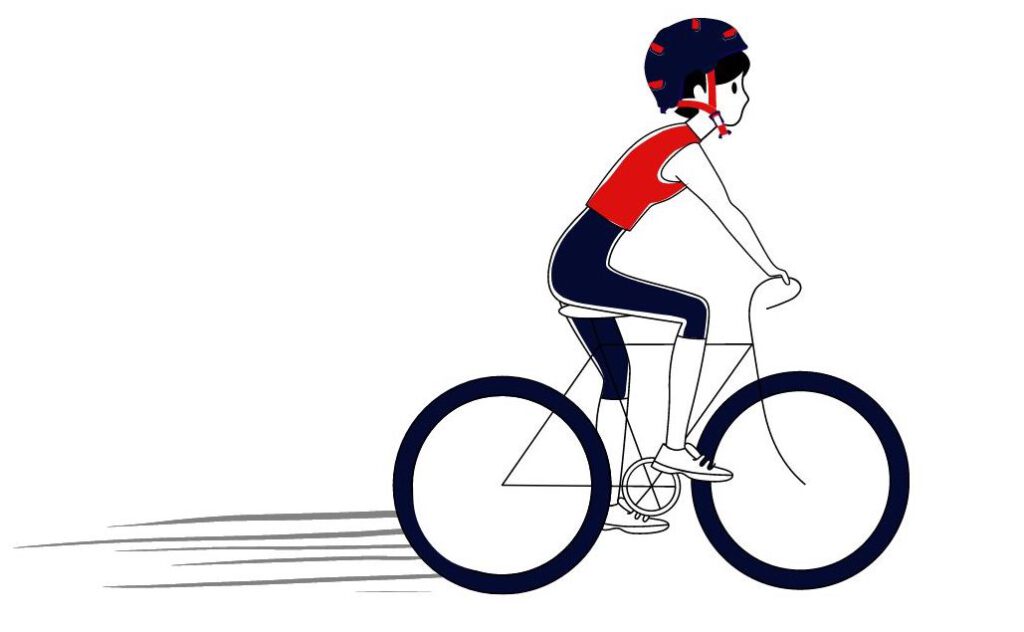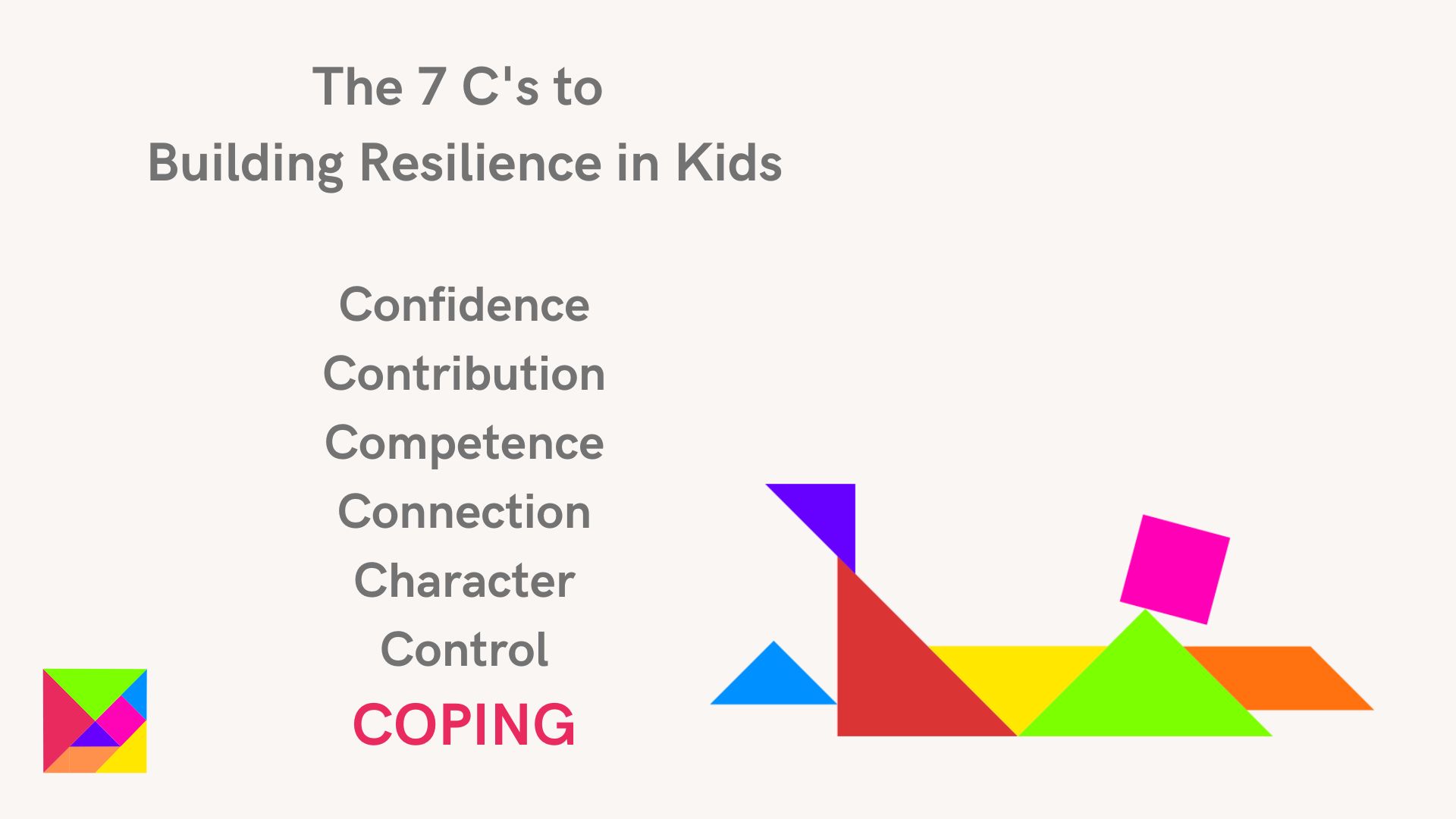 I’ve discovered a new metaphor for resilience – it’s an inner immunity to adversity. Like other forms of immunity it can’t always prevent but it does help reduce the severity of symptoms and recovery is quicker.
I’ve discovered a new metaphor for resilience – it’s an inner immunity to adversity. Like other forms of immunity it can’t always prevent but it does help reduce the severity of symptoms and recovery is quicker.
However, we can’t just get a shot and be resilient. Resilience is built over time – either through repeated exposure and full recovery or through the development of other sources of protection.
We can help our children develop resilience through the 7C model, developed by Dr. Ginsburg. This series looks at each of these elements in depth, making suggestion how parents can support their children.
This model proposes 7 “C’s” that parents and other care givers can help children develop, which in turn will strengthen and build their resilience. They are Confidence, Competence, Contribution, Connection, Character, Control and Coping. This post looks at coping in more depth, including specific actions parents can take – for their children and themselves.
Lessons learned riding a bike

Our oldest is a confident bike rider and gets herself to soccer practise twice a week on her bike. Since it rarely rains in Beijing she lacked experience riding in the rainy weather common to Germany so one evening last spring I got a call.
Riding around a muddy, wet curve her bike had gone out from under her and deposited her and all her gear in the street. Her first instinct was to call for help. I promptly replied of course. When I got there, heart pounding, I checked her and the bike to find little damage except some scrapes (on both), jangled nerves and a slightly bruised ego.
She continued riding over the summer, regaining her confidence until one late autumn evening. Returning home after practise in the dark – hungry, tired and chilled – she wasn’t expecting the puddles to have frozen over. Once again physics took control and spilled child and bike onto the cold pavement.
But this time she didn’t call me. She picked herself up, checked everything and rode home. She had learned two things:
- The difference between a minor setback and a crisis.
- How to help herself.
Both of these are immensely important skills and key elements of building resilience.
Coping Skills
By understanding the difference between a minor setback and a crisis, we avoid unnecessary anxiety and we can more clearly determine our next steps and course of action.
Children should not have to handle a crisis by themselves and should have safe people to go to. Ideally this includes parents but may also be a trusted teacher, neighbor, friend or family member. This community is important in creating a sense of safety, connection and support (see also this model).
However, when a situation is not a crisis but rather a disruption or minor setback and children know the difference, they should be empowered to care for themselves. Children that have an “emergency kit” of coping mechanisms they know and can use on their own are on their way to developing their resilience.
If your child has already identified her skills and uses them to handle disappointments and surprises, congratulations! But if you feel she could benefit from reflecting on her abilities so she can see what she already has and use them more effectively, keep reading.
First Aid Kit - Coping
Identifying ways to calm themselves (when they were babies we called it “self soothing”) and get a little distance from a problem can be a great starting point. I suggest writing them down or drawing pictures so your child can see all the available skills they have.
When the going gets tough they can check their list to see what might help them cope with a situation. Best case? Eventually these methods and coping with adversity will become second nature to them.
Sit down with your child in a quiet, non-stressed moment and use this free download (in German & English) to come up with a variety of elements to fill their personal first aid kit. It’s important to have a mix as different situations and moods may call for different methods:
- What can I listen to / read?
(e.g. music, audio story or book) - What can I play or create?
(e.g. LEGO, playdoh, painting) - What can I think about?
(e.g. other times when I overcame something, affirmations) - How can I get moving?
(e.g. throw a ball, run, dance, hulahoop) - What else calms me?
(e.g. journaling, playing an instrument, yoga) - Who can I talk to / call?
Try to come up with at least two actions per category. If you find you’re both drawing a blank, it’s a great reminder to develop some new skills and interests.
Once you’ve identified each child’s first aid kit, put it somewhere accessible and explain it’s function. If a situation is getting under a child’s skin, remind them to go check what they’ve identified as their calming techniques and try one out.
Some questions to ask yourself as a parent
Children who are able to cope well with stress and unexpected situations become adults that are better able to handle stress, too. Besides helping them understand their available coping methods right now, what else can parents do to support the development of these skills?
I find these questions from the website www.fosteringresilience.com very helpful. They are a place to start reflecting on our own behaviour and how it is influencing our children. An excerpt:
- Do I help him understand the difference between a real crisis and something that just feels like an emergency? If not, what can I do to foster this understanding?
- Do I model positive coping strategies on a consistent basis?
- Do I model the importance of caring for our bodies through exercise, good nutrition and adequate sleep?
- Do I model how to take control of my actions rathe than respond impulsively to stressful situations?
- Do I encourage creative expression?
Coping is an important skill to have on a daily basis but it’s only one element of building resilience in children. It goes hand-in-hand with the other C’s: Confidence, Contribution, Competence, Connection, Character, and Control which are covered in other posts.
don't miss the next Part
Sign up here and get regular mail from me – posts, news, tips, links and jokes for international parents.





